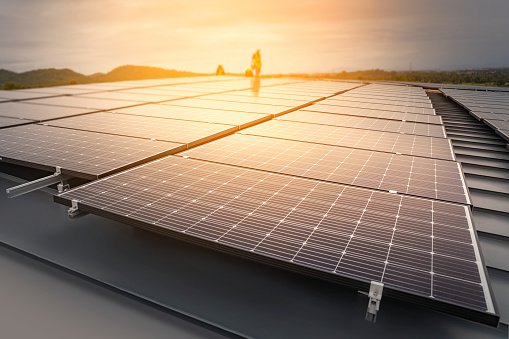The Process of Solar Panel Installation

Solar panels are becoming increasingly popular for homes and businesses as more people are looking to save money and do their part to help the environment. When you have a solar power system at home or business, there are numerous ways you can use it. From charging your batteries to providing energy for your appliances, the advantages are endless. But how to put them in place? Here's a look at some common ways to go about solar panel installation. How to install solar panels: what's involved in the entire solar panel installation procedure? First, you'll need to contact an experienced installer who can help you design, plan, order, and install your solar power system. You'll also want to keep your installer informed of any weather conditions (especially extreme hot and cold weather) that may affect the success of your installation. This information will be needed if you ever decide to sell your system or switch your meter to a more accurate one.
Next, once you've chosen the blue raven solar installers and have everything else ready, the installation team will need to get to work. They will first install all of the equipment they require, including special solar panels for your home or business, and connect all of the wires to the appropriate outlets. Once that is completed, the professional solar contractor will secure your property and make sure that everything is set up properly on your roof. From this point forward, the installation team will continue to work with you to ensure that your new solar panels are properly installed and are producing maximum results.
What happens next after the installation is complete? The best way to find out how your solar panel system is performing is to have a professional inspector look at it. The inspector will be able to let you know which areas of your installation need the most work, and what areas could benefit from simple maintenance. After the inspection is complete, your solar contractor will schedule a follow-up appointment to have a more in-depth inspection of your installation.
A final site visit may be necessary after your solar panel installation is completed. If you find any damage during this visit, it is important to repair it right away before your system begins to show any significant degradation. Your installer should visit your site to assess the damage and suggest ways to repair it before the system starts producing electricity. If your installer finds a problem during this site visit, he or she should tell you upfront, and offer to have the damage repaired before or as soon as your system starts generating electricity. Though solar panel installation is not hard to do, it does require that certain steps be taken. There is no reason to try to install solar panels on your own when it can be done so much more efficiently by a trained professional. Doing it yourself is a great way to save money, but it is not worth the risk of damage to your property and health. Check out this post for more details related to this article: https://www.encyclopedia.com/science-and-technology/technology/technology-terms-and-concepts/solar-energy.
